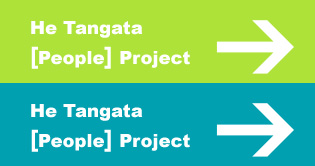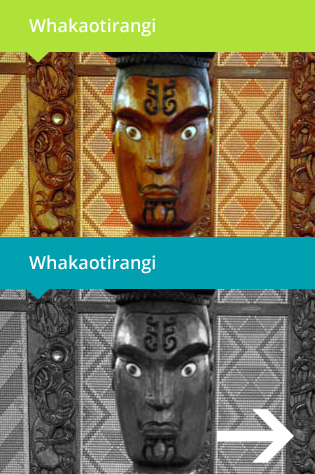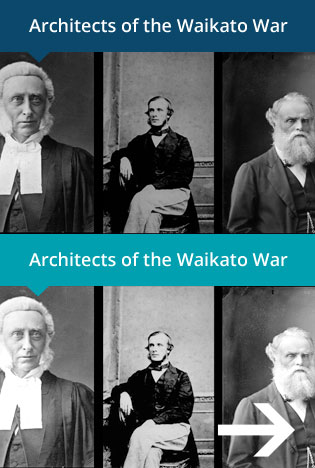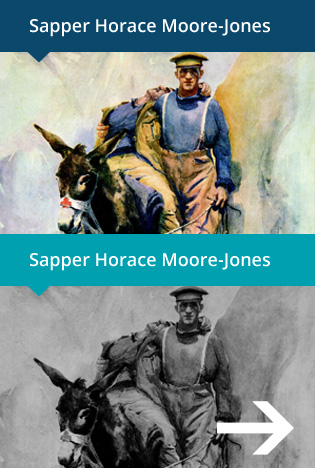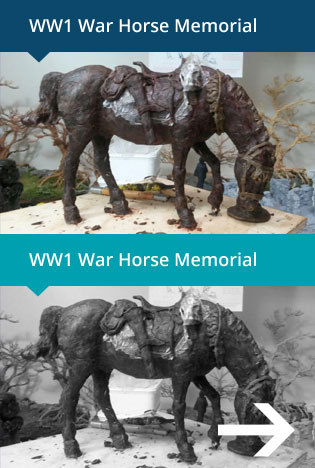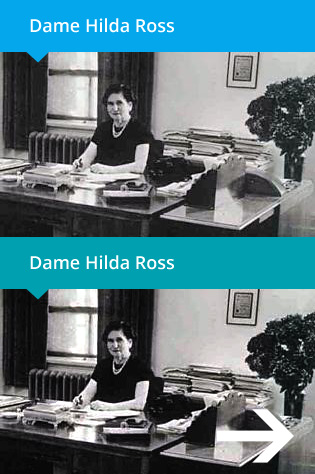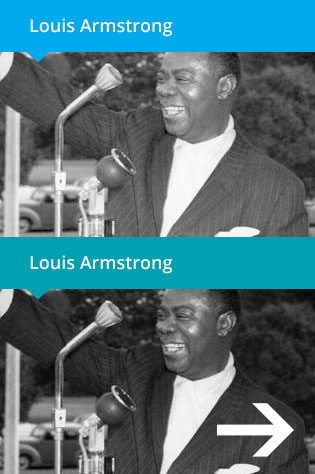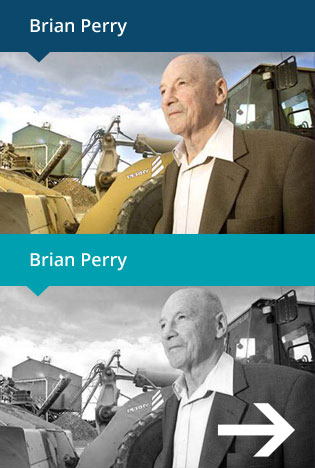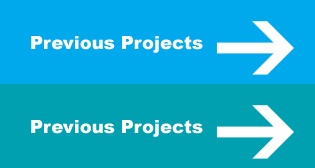Hamilton’s Alternative 10-Year-Plan (2021-2031)
INTRODUCTION
Extraordinary circumstances
Our nation has extraordinary challenges ahead of us.
- Covid-19
- Climate crisis (international commitment to reduce carbon emissions)
- Economic uncertainty
- Exploding house prices
- Social unrest (democratic disengagement, poverty and inequality, Maori claims etc)
- Government’s local government reform agenda (3Waters & RMA)
Hamilton City is our focus, to be a model for other communities…
- Proposed – Alternative Hamilton City Council 10-year-plan with key actions/projects
- Evidence based – robust research and case studies
- Restoration of local democracy – engagement and accountability
Opening statement
Councils are the ‘local’ part of our government.
Councils’ job is to promote what are termed the ‘four well-beings’ now and for the future. That’s outlined in the Local Government Act 2002 (and amendments) meaning that councils must consider economic, environmental, social and cultural matters, and overall sustainability when deciding what to include in their plans and activities. Councils also craft ‘visions’ to explain their targets or goals.
All this must be done with public consultation, giving opportunities for people within the community to have their say.
As well, councils by law must report on ‘community outcomes’, in other words, the results from their activities and their progress towards the visions they have selected. And review all this, every three years.
This is not new. Councils have been doing this for the past three decades. The majority of people have become disengaged.
Where we differ:
We are a diverse cross section of the community who are calling upon Council to be brave, step up to the challenge.
We ‘outsiders’ decided to work together and come up with an Alternative 10-Year-Plan, setting out some key actions and ideas gathered up from listening to what people are saying.
The authors of this alternate 10-Year-Plan are now calling upon the Council to amend their Draft Plan, add in our recommendations and adopt a new version that is realistic and sustainable, reflecting residents’ vision for the future, and not yet another spending spree. Truly transformational.
It is essential to have a plan that addresses council financial affairs, remedies past problems, and looks ahead with innovation and courage.
A cautionary note has come from the Auditor-General’s appointed auditor. She commented on the council’s business-as-usual approach when current central government reforms on Three Waters services “may result in significant changes” and the information basis of the council’s Draft Plan.
Our Alternative Plan
Hamilton City Council is planning to collect $226 million from ratepayers this year (from 1 July). That’s an extra $26 million on the previous year and an increase of 8.9% to existing ratepayers. Over the next decade, Hamilton City Council is proposing to spend $3.7 billion “on the everyday costs of running the city”, plus $2.5 billion on capital projects. The council’s net debt will increase to $631 million in the coming year, rising to a billion in five years (2025) and up to $1.189 billion in 2031. Projections are based on moderate growth.
This alternative plan includes projects, anticipated costs and savings, as well as matters requiring more detailed assessment.
Projects – We have clustered projects for clarity and fit with the ‘four well-beings’ (economic, environmental, social and cultural), and to illustrate the essential aspect of cross-corridor integrated thinking and assessment rather than the narrow silo approach in the ‘business as usual’ space illustrated by the recent fixation with ‘big projects’.
Community Engagement – For the challenging decade ahead of us, we include institutional changes to boost community engagement and decision-making quality, with climate change and social cohesion in mind. All our recommendations come from listening to the people.
Costs – We are mindful of the common view that council projects (and government’s) are over-designed and over-priced with un-business-like contracting arrangements ripe for adding increased costs, and rarely illustrate integrated planning or innovation, accountability and non-performance consequence,
Consultants – The increasing use of consultants and contract out-sourcing is concerning, particularly the commitment to large international corporates, and the sense that what is being sought is delivered rather than openly independent services for the public good.
Public input – To ensure expertise and passion is combined in service to the city, we are recommending the establishment of a Local Panel of Advisors to the Council. A RoundTable. Kaumatua. Top businesspeople, professionals, educationalists and academics, people with recognised skills willing to give their time voluntarily to assist the council in the wise and sustainable development of the city. Working with the mayor and councillors. In clusters of five, chosen for the task at hand.
Reviews – Their role would include the evaluation and/or review of contracts and estimates, project plans and any complex issues of interest and challenge. In the past, such people would likely have been interested in serving as councillors but not as today’s full-time career politicians. This concept is similar to professional commissioners for hearings under the RMA, and Mangai Maori (to hear the voice of Maori), but as citizen volunteers.
Boards – We also recommend that a range of council services be restructured and accountable to Community Enterprise Boards (chosen from the Kaumatua Pool and without renumeration – ‘Pro Bono’) reporting to the council and thus enabling the elected councillors to focus on high level policy and strategies, and ensuring organisational accountability.
Challenging the Council’s 2020 visions
We start by challenging the council’s 2020 visions or goals developed they say over the past 18 months.
- A city that’s easy to live in
- A city where our people thrive
- A central city where people love to be
- A fun city with lots to do
- A green city
Locally, in 1995 Hamilton City Council signed up to these, then forgot them as the 21st century began. Until now. They have been rediscovered by WEL Energy Trust and Waikato Regional Council, reforged, prioritised, and adapted for the Waikato Vital Signs project (and Momentum Trust).
We think we should settle on universal concepts, the common visions describing what people want for the place they call home – their village, town or city, their turangawaewae.
The United Nations picked up this theme half a century ago and world leaders (including New Zealand’s) began to promote what’s called the Sustainable Development Goals after the 1992 Rio Earth Summit. These respond to mounting concern at climate change and the damage we are inflicting on our collective global home, alongside issues such as poverty.
Summarising all this, we begin with a timeless vision, with many subsets, and able to be tested independently and publicly for progress, we say before council elections, and alongside the currently required chief executive pre-election report. This fits precisely with the law, reminding of the legal purposes of council activities, as well as world-wide goals.:
Our vision
Hamilton, enriched by the Waikato River, a socially and environmentally responsible city and a good place to live:
- affordable and equitable,
- safe, clean and green,
- where people value cultural diversity,
- celebrate our heritage,
- engage in local affairs,
- and develop a sustainable community for our grandchildren and future generations.
Then regionally there is:
Tooku awa koiora me oona pikonga he kura tangihia o te maataamuri – “The river of life, each curve more beautiful than the last”
A future where a healthy Waikato River sustains abundant life and prosperous communities who, in turn, are all responsible for restoring and protecting the health and wellbeing of the Waikato River, and all it embraces, for generations to come.
This is the overall vision that drives this Alternative Plan for Hamilton.
This set of submissions will be presented individually (presenters to be separately advised once dates and times for oral submissions advised):
- Introduction
- Waikato River and Swimming – strategy, ecology and archaeology.
-
- Municipal Pool – Water Quadrant
- Hamilton Girls’ High School Partner Pool
- Lake Rotoroa paddling pool
- Frankton Hot Springs research
- Waikato River car-free bridge (Rotary Project) and East Link
- Waikato River Canal
- Three Waters Reform
- Integrated Transport
- RMA Reform
- Affordable Housing
- Founders Theatre & Heritage (Heritage Village, Heritage Trust)
- Democracy
- Finances
